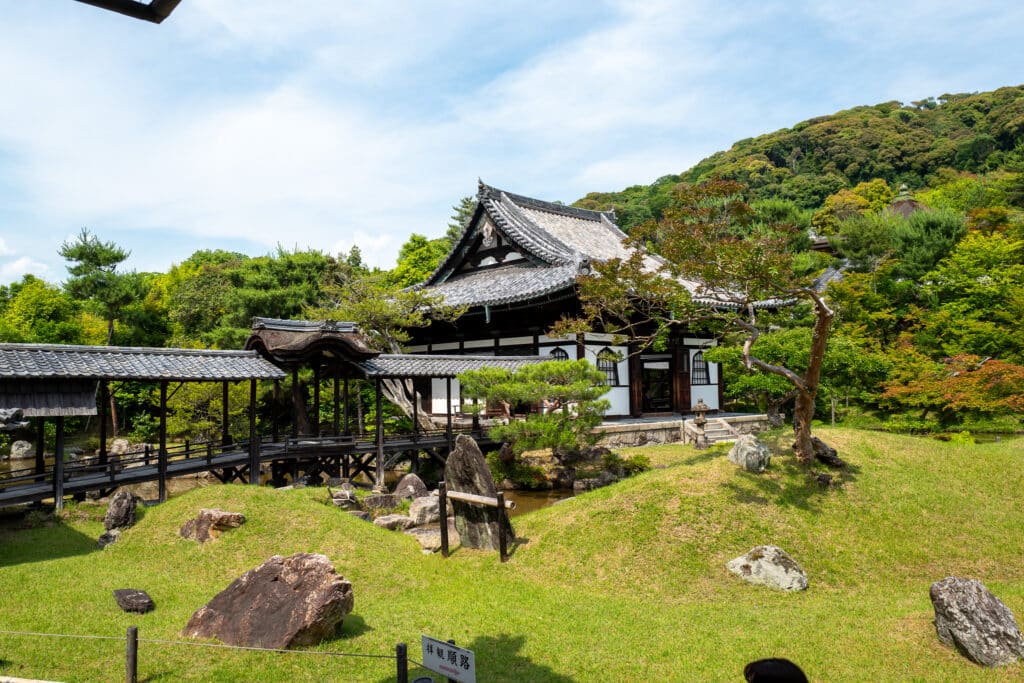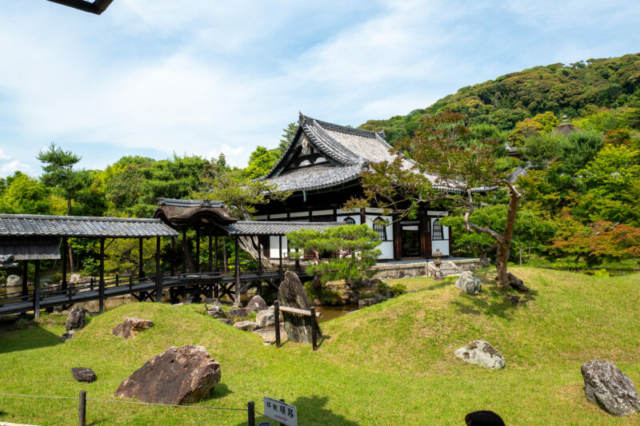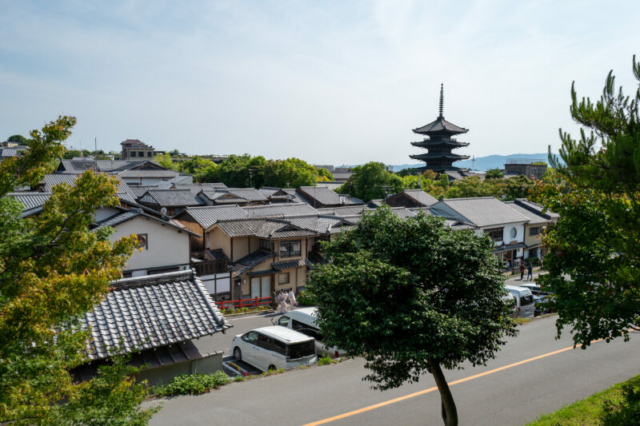Welcome back to our Kyoto adventure! On our second day, we dive deep into the serene and historically rich eastern side of the city. Here’s a detailed recount exploring eastern Kyoto guide.
Morning Exploring Eastern Kyoto
Brief History of Fushimi Inari Shrine:
Fushimi Inari Shrine, founded in 711 AD, is dedicated to Inari, the Shinto god of rice, fertility, and prosperity. This shrine is renowned for its thousands of vermilion torii gates, donated by individuals and businesses in hopes of receiving good fortune. The shrine’s fox statues, seen throughout the grounds, are believed to be messengers of Inari, adding to the mystical ambiance of the place.

Fushimi Inari Shrine Experience:
Rise and shine! We started our day bright and early at the Fushimi Inari Shrine, one of Kyoto’s most iconic landmarks. The morning light filtering through the thousands of vibrant red torii gates created an almost magical atmosphere. As we ascended the winding paths, each step felt like a journey through time, surrounded by the tranquility of the forest. The higher we climbed, the quieter it became, offering moments of reflection and peace. Remember to wear comfortable shoes, as the trail can be quite steep at times.

Midday: Kodai-ji Temple
Brief History of Kodai-ji Temple
Kodai-ji Temple was established in 1606 by Kita-no-Mandokoro (Nene), the widow of the famous daimyo Toyotomi Hideyoshi, to pray for his soul. The temple is known for its stunning gardens designed by the renowned landscape architect Kobori Enshu, and for its beautifully crafted tea houses.

Exploring Kodai-ji Temple
After our refreshing morning walk, we headed north via the Keihan Line and took a short stroll to Kodai-ji Temple. This temple, nestled in lush gardens, provided a perfect mid-morning escape. The beautifully manicured landscapes, serene bamboo groves, and the temple’s impressive architecture made it a photographer’s paradise. We took our time wandering through the gardens, crossing stone bridges over koi-filled ponds, and simply soaking in the peaceful atmosphere.
Afternoon: Ginkaku-ji (Silver Pavilion)
Brief History of Ginkaku-ji
Ginkaku-ji, or the Silver Pavilion, was originally built in 1482 as a retirement villa for the shogun Ashikaga Yoshimasa. It was converted into a Zen temple after his death. Despite its name, the pavilion was never covered in silver; instead, it was intended to emulate the Golden Pavilion (Kinkaku-ji) and reflect the refined aesthetics of the Higashiyama Culture.

Visiting Ginkaku-ji (Silver Pavilion)
Our next stop was the Ginkaku-ji. We hopped on the subway and a short bus ride later, we found ourselves at this elegant Zen temple. Though not actually covered in silver, its understated beauty and the meticulously maintained Zen gardens left us in awe. The highlight, however, was the Philosopher’s Path, a scenic walk along a canal lined with cherry trees. Even though it wasn’t cherry blossom season, the path was still enchanting with its natural beauty and quaint charm.

Eastern Kyoto Guide in Evening: Nijo Castle
Brief History of Nijo Castle
Nijo Castle, built in 1603, was the Kyoto residence of Tokugawa Ieyasu, the first shogun of the Edo period. The castle complex consists of two main rings of fortifications, the Ninomaru Palace and the Honmaru Palace, surrounded by stunning gardens. Nijo Castle is renowned for its nightingale floors, which squeak when walked upon as a security measure against intruders.
Experiencing Nijo Castle
To wrap up our day, we decided to explore the historical Nijo Castle. Stepping into this grand castle, we were transported back to the Edo period. The castle’s stunning architecture, with its intricate carvings and beautiful gardens, showcased the opulence of its time. Walking through the rooms, we imagined the shoguns and their retinues navigating the same corridors centuries ago.
Concluding Day 2 in Eastern Kyoto
As the day came to an end, we found ourselves reflecting on the blend of tranquility and history that eastern Kyoto offers. Each site, from the spiritual Fushimi Inari Shrine to the majestic Nijo Castle, provided a unique glimpse into the rich tapestry of Kyoto’s past and present. Stay tuned for our final day’s adventure in this incredible city! Contact me if you have any questions or comments!
























Leave a reply